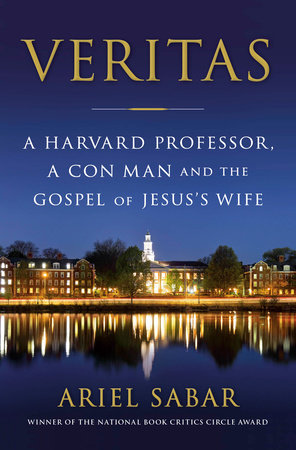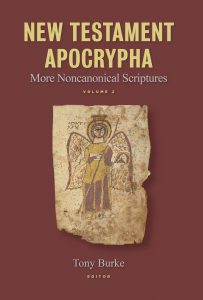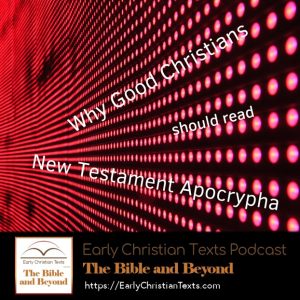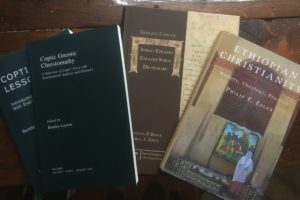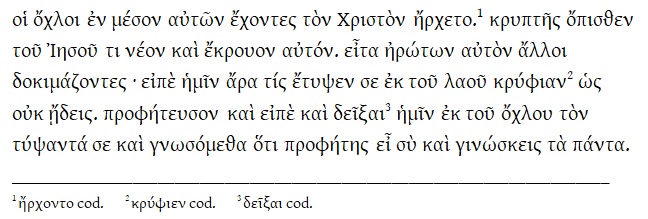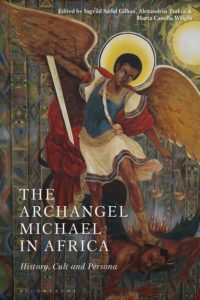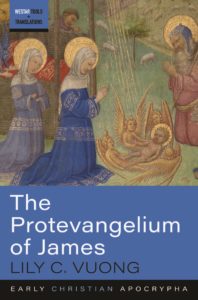Christian Apocrypha at SBL 2020
The 2020 Annual Meeting of the Society of Biblical Literature, which runs from November 29 to December 10, will take place online. The form of delivery may be entirely new but take comfort, because Apocryphicity continues its tradition of aiding readers plan their SBL schedules by compiling a list of all the sessions and individual presentations that focus on Christian Apocrypha. See you on Zoom.
1. Christian Apocrypha Section sessions:
S30-102 Christian Apocrypha (10:00 AM to 12:00 PM)
Theme: Christian Apocrypha
Janet Spittler, University of Virginia, Presiding
Chance Bonar, Harvard University: “The Place of the Dialogue between Jesus and the Devil in the History of the Antichrist”
The Dialogue between Jesus and the Devil (Dial. Devil; BHG 813f-g; CANT 84) is a narrative dialogue that expands upon the temptation account of Matthew 4:1-11 and Luke 4:1-13. In its Greek and Slavonic recensions, the dialogue portrays Jesus and the devil debating the reason for Jesus’s descent to earth, who the devil’s accomplices are, what happens to repentant and unrepentant sinners in the afterlife, the death of John the Baptist, and the devil’s ultimate fate. Dial. Devil participates in a long history of elucidating why the devil hates humanity and attempts to mislead them, and yet goes further than many narrations about the devil by portraying the Antichrist as the devil incarnate. While the idea that the Antichrist is the devil incarnate is a common topic on evangelical Christian blogs today, this late ancient apocryphal text depicts this exact scenario and has …

